Moments in Time
Moments in Time
Celebrating 60 years
of scientific brilliance
at PNNL
Celebrating 60 years
of scientific brilliance
at PNNL
Look back at significant moments in PNNL's history as we reflect on 60 years of discovery and impact.
1965: Pacific Northwest Laboratory joins Battelle and adds "National" to its name
On January 4, 1965, the Atomic Energy Commission officially transferred operations of the Hanford Laboratories to Battelle Memorial Institute, a not-for-profit research and development organization. Originally established in the 1940s to support the Manhattan Project in southeastern Washington State, the facility was renamed Pacific Northwest Laboratory (PNL) under Battelle’s management and was designated a national laboratory in the mid-1980s. Though a national laboratory since its inception in 1965, PNL became Pacific Northwest National Laboratory when DOE added “national” to the name in 1995.
While Hanford initially focused on plutonium production during the nuclear arms race with the Soviet Union, PNNL expanded its mission to include advancements in environmental and energy sciences, chemistry, biology, and national security. Over the past six decades, PNNL has made significant contributions to the nation, including developing technologies to secure and strengthen the electric grid and detecting nuclear weapons proliferation.
 |  |
1960s: Setting protection standards for radiation doses
How do we know what is a safe level of radiation exposure? We can thank PNNL research for early development of equipment and the many studies that helped create standards for radiation safety. PNNL’s expertise in radiation detection dates back to the Hanford Laboratories. Over the years, research on radiation damage to tissues has contributed to advances in radiation protection guidelines used for nuclear workers. It also contributed to the careful use of radiation in certain cancer therapies. Advanced instruments for measuring radiation in the soil, air, water, plants, animals, and for studying the environment were developed along with dependable models used to predict movement of radionuclides through the environment.
Today, the ability to measure minute amounts of airborne radiation contributes to national security missions. Additionally, PNNL’s nuclear expertise supports energy resilience as new nuclear reactors are being designed and existing reactors are relicensed. Researchers assist the Nuclear Regulatory Commission in developing regulations and support programs, including risk-informed nuclear safety criteria and transportation analysis.
1965: Inventing technology to convert nuclear waste to glass
PNNL pioneered advancements in vitrification-a process that converts radioactive waste into stable glass forms. Vitrification is the international standard for immobilizing highly radioactive wastes. It’s been used in New York, South Carolina, and internationally. Now, the largest waste melters, weighing about 300 tons each, are set to begin operating at the Hanford Site to treat waste from the Cold War nuclear weapons production. Millions of gallons of waste and glass-forming chemicals will be melted at 2,100 degrees F., then poured into stainless-steel containers to cool and solidify, immobilizing the radioactive material. The historical knowledge and unique scientific and technical expertise at PNNL are essential to the success of the Hanford mission. PNNL uses the Radiochemical Processing Laboratory to safely handle high-level waste samples in a test platform.
PNNL continues to develop customized chemical approaches to safely increase waste loading and speed cleanup, lending its capabilities to the Department of Energy waste processing mission at other sites.
Learn more about waste processing research at PNNL
More to watch:
1968: Creating a Living Bond Between Bones and Prosthetics
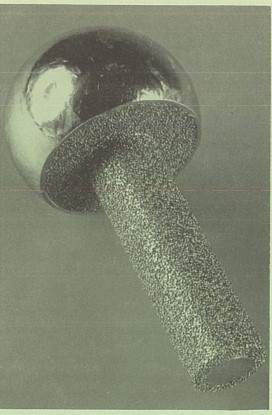
In 1968, researchers began early exploration of developing a porous substance called Void Metal Composite (VMC) that could create a living union between bone and prosthetics, anchoring artificial teeth or femoral head prosthesis. VMC also could be surgically implanted and used as a splint for badly broken bones. By 1971, R&D Magazine recognized the invention as one of the 100 most technologically significant products and advancements for the year.
1969: To the Moon and back…to PNNL
PNNL was one of just a few laboratories worldwide to receive “moon rocks.” Shortly after Apollo 11, the first lunar landing, PNNL received about 2.2 pounds moon dust and rocks. Using ultrasensitive instruments, scientists measured the radionuclides present in rocks and dust. The studies helped establish the age of the moon at 4.46 billion years old. The material was brought to the Laboratory in a briefcase chained to the wrist of one of the researchers who would study it. PNNL petitioned NASA to display the material publicly. NASA approved and the moon rocks were on display for three days in Richland, Washington. Interestingly, scientists stated the moon rocks’ structure “closely resembles the basalts of Washington on the Columbia River Plateau,” where PNNL is located.
Today, PNNL researchers are designing their own research projects in space. Recently, a metal cube was irradiated in orbit higher than the International Space Station. Physicists are studying the metals to estimate radiation exposure and its effects on crews and instruments during future missions, including traveling to Mars.
Read about the latest PNNL research into raditation exposure in space
1973: Only DOE Marine Research Lab Begins Operation
On May 11, 1973, the Marine Research Laboratory, located at the mouth of Sequim Bay, in Washington, was officially dedicated with 80 invited guests in attendance. Known today as PNNL-Sequim, the facility was established to expand environmental research capabilities. In addition to on-site studies, early researchers aimed to conduct field investigations using mobile aquatic laboratories. Today, the campus is home to the only marine research facilities within the Department of Energy complex. Strategically situated, the campus plays a key role in marine-based research focused on helping the nation achieve sustainable energy, a sustaining environment, and coastal security.
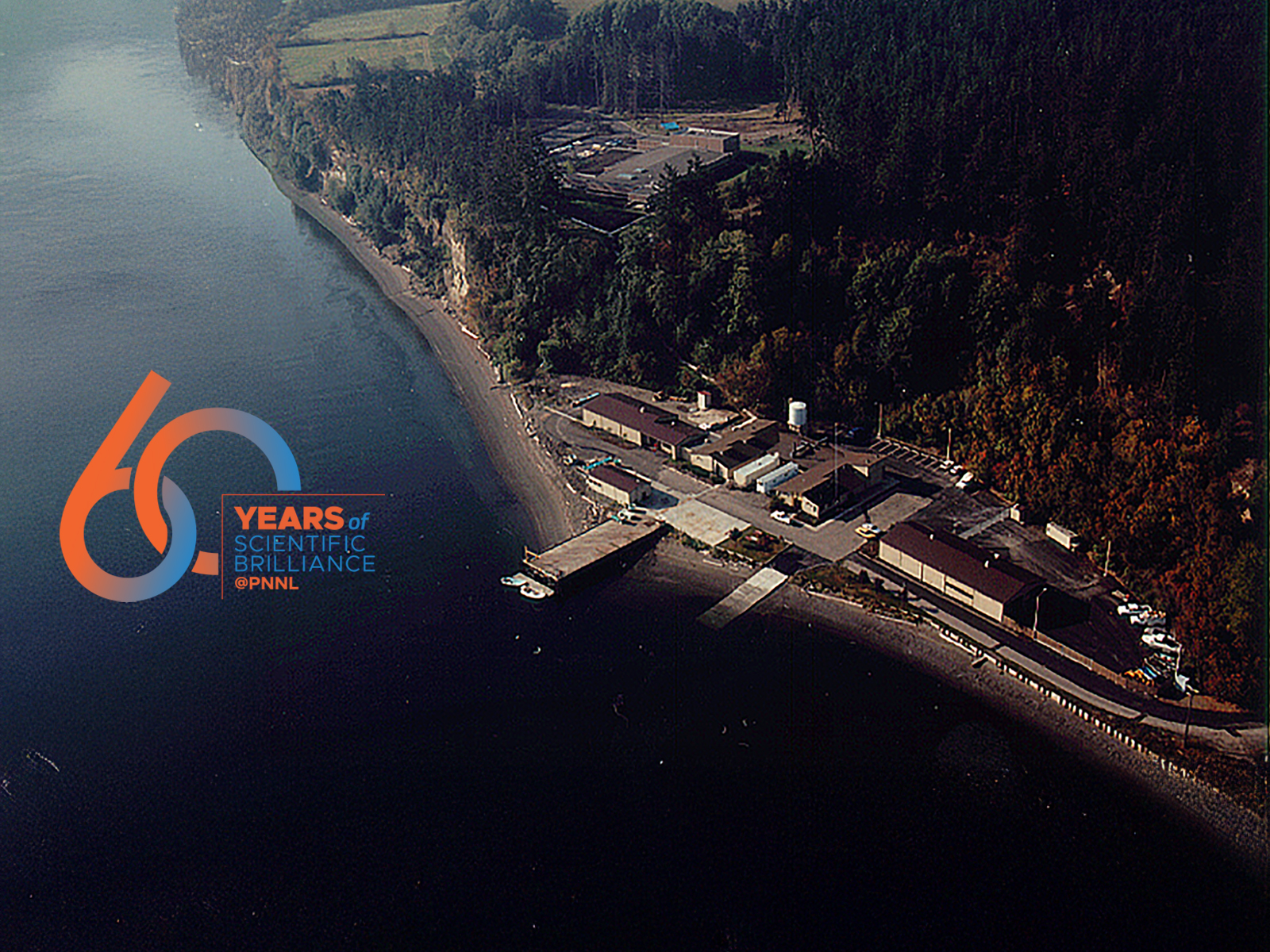 | 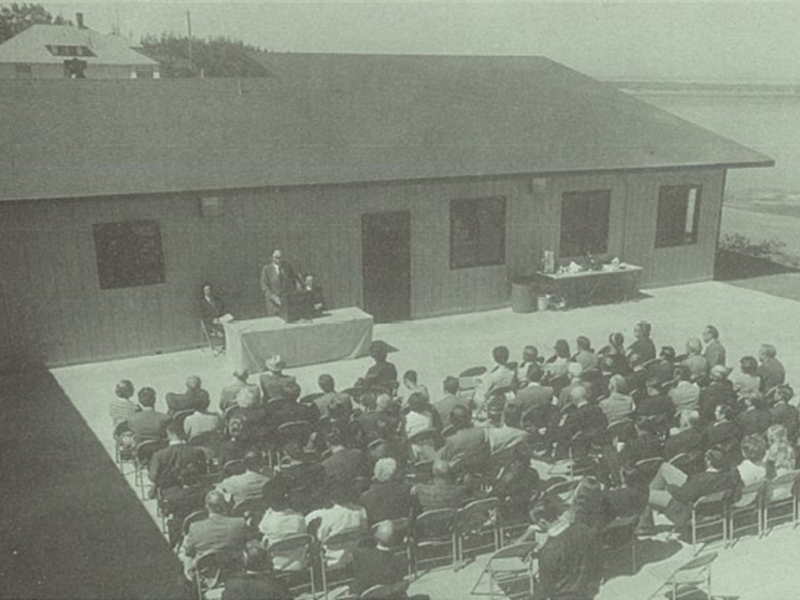 |  |
1974: Revolutionizing the Entertainment Industry
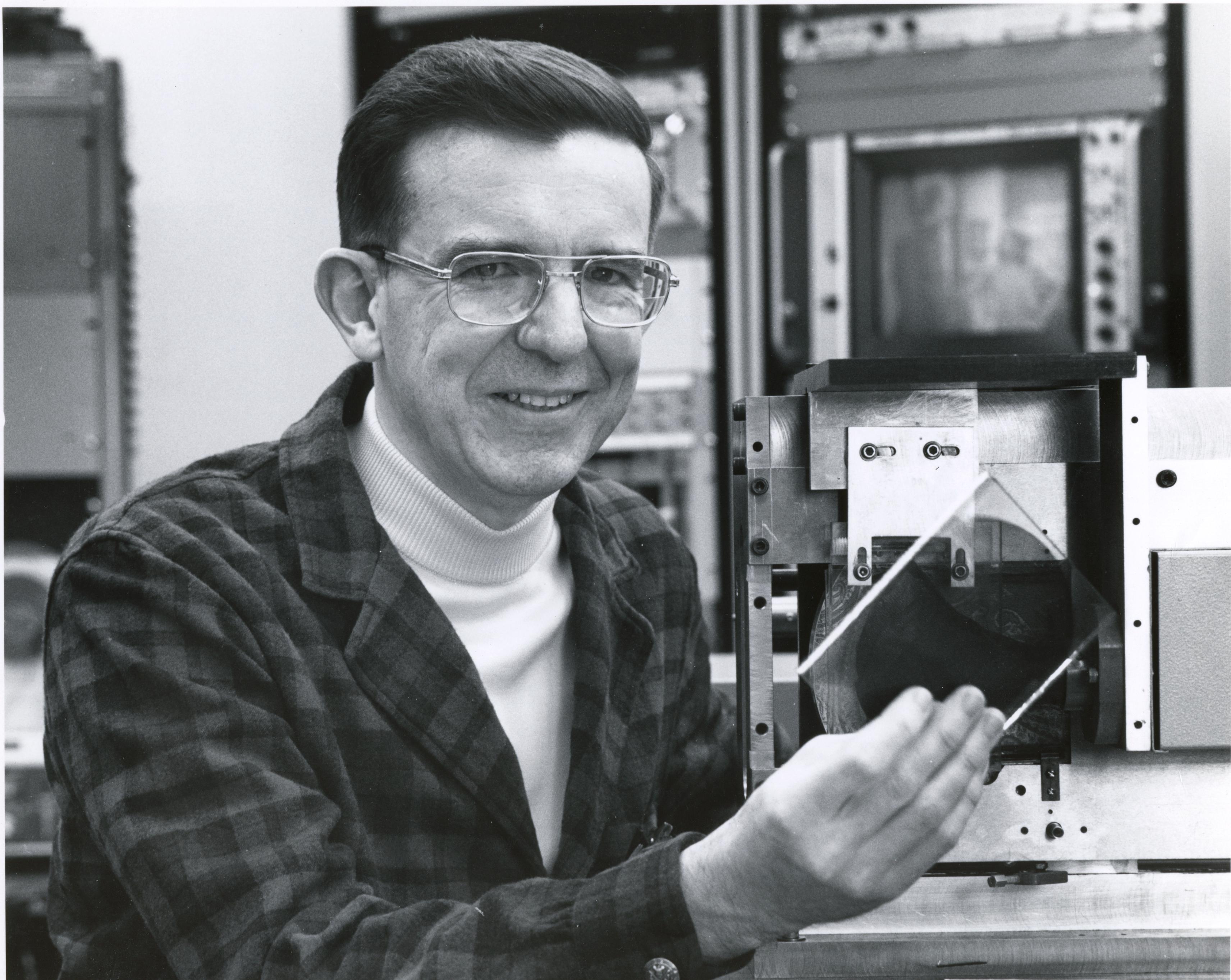
It was his love for classical music that inspired inventor Jim Russell to develop optical digital recording in 1974 while working at PNNL. His discovery stores information as a track of dots, each about one micron in diameter. The patent was licensed to private industry and became a crucial design element in the creation of compact discs and players, which went on to transform the global entertainment industry. So, the next time you slip a CD into a player to enjoy some tunes or watch a movie—the old fashion way—you can thank PNNL for making it possible.
1980: Converting Sewage Sludge to Synthetic Asphalt

From poop to synthetic asphalt. While turning sewage sludge into asphalt may not be quite like spinning thread into gold, in the 1980s, this invention was a potential “gold mine” for Hawaiians. In collaboration with the City and County of Honolulu, and with funding from the U.S. Environmental Protection Agency and the Hawaii State government, PNNL researchers developed a method that not only provided lower-cost paving material but also offered an environmentally safe way of disposing sewage sludge. The resulting synthetic oil product could even be used as fuel oil!
1981: Studies aim to protect astronauts and propel spacecraft
PNNL developed instruments used to protect astronauts flying on the International Space Station. Since then, we’ve used our physics capabilities to investigate nuclear sources for space power and heat.
Our long-standing partnership NASA continues today. Our biologists recently sent soil to space to discover how microbial communities function, and PNNL researchers are comparing photosynthesis of plants in space to those on Earth.
Read the 1981 press release discussing the space radiation dosimeter developed by PNNL
Learn about recent PNNL research sending Washington soil to space
1982: A Paint that Helps to Reduce Theft
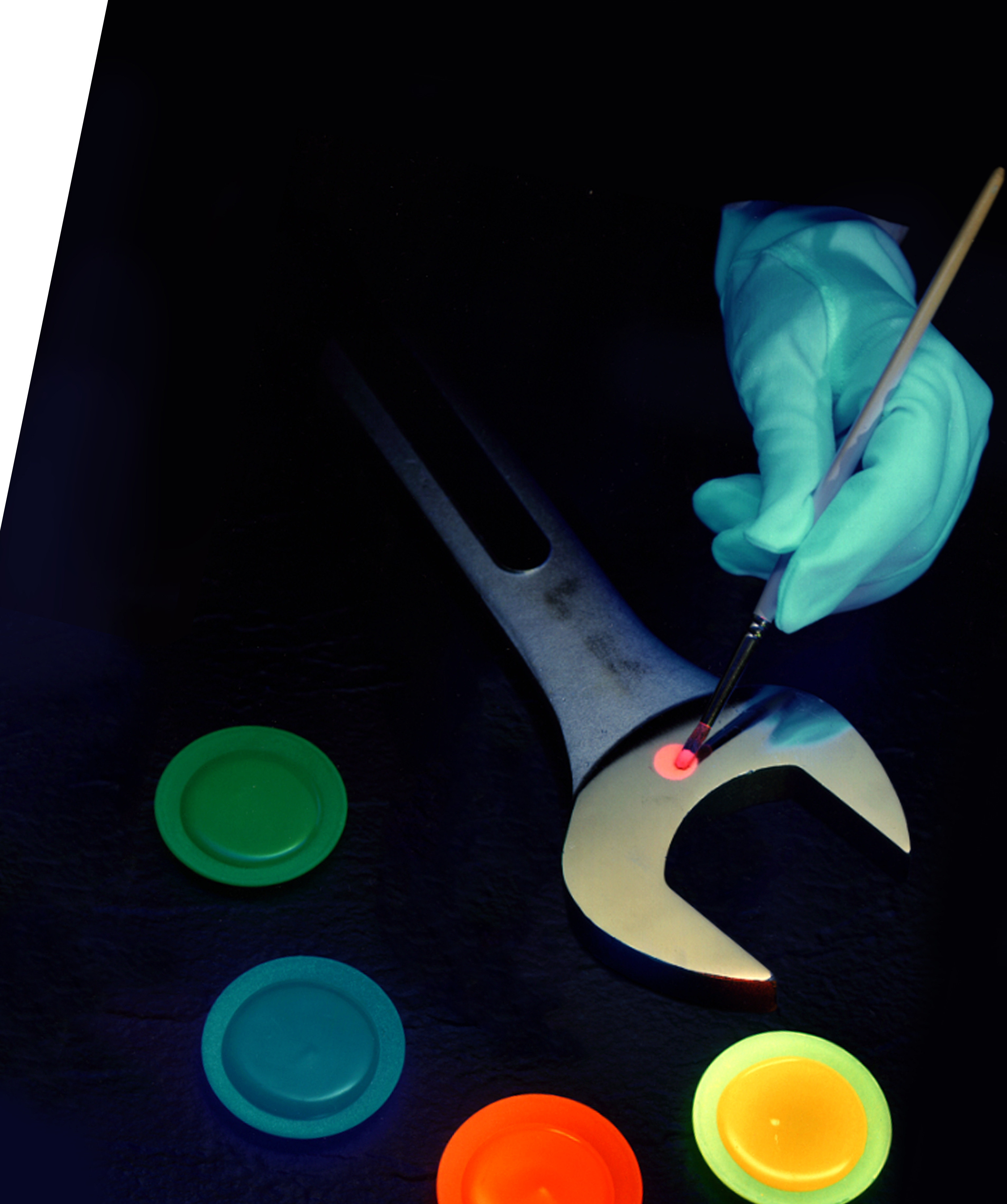
A paint that is virtually impossible to remove has been developed by PNNL. The paint was developed to help reduce theft by permanently marking small tools, office and heavy equipment, art, and more. Much of the loss can be attributed to the inability of firms to trace and identify their property. In the 1980s alone, the reported theft of office equipment amounted to almost $1 billion.
Read the 1982 press release discussing the paint's development
1988: Moving mannequin tested clothing for the Army
PNNL developed a robot mannequin named Manny for the U.S. Army. His job? To model and test protective clothing used in hazardous environments. Manny was life-sized and could simulate motions required by fire fighters or armed forces, including crawling, turning his head, stepping forward—even breathing and sweating. Complex robotic systems were integrated with chemical sensors and computer control systems, which were state-of-the art at the time.
Today, our robotics capabilities support our grid battery research in the Material Innovation through Robotics and AI Laboratory. PNNL has turbocharged its battery materials discovery research with the addition of automation and robotics that enables researchers to accomplish in a day what used to take weeks or months.
Explore how our robotics and automation innovations are driving energy storage research
1989: You might have seen this invention at the airport
PNNL developed something most people familiar with. A rapid imaging system can quickly detect hidden weapons, even if they are plastic or ceramic, making them more effective than metal detectors. This has increased security and effectiveness of screenings during air travel.
1997 – Visualization Software Extracts Useful Information from Massive Data
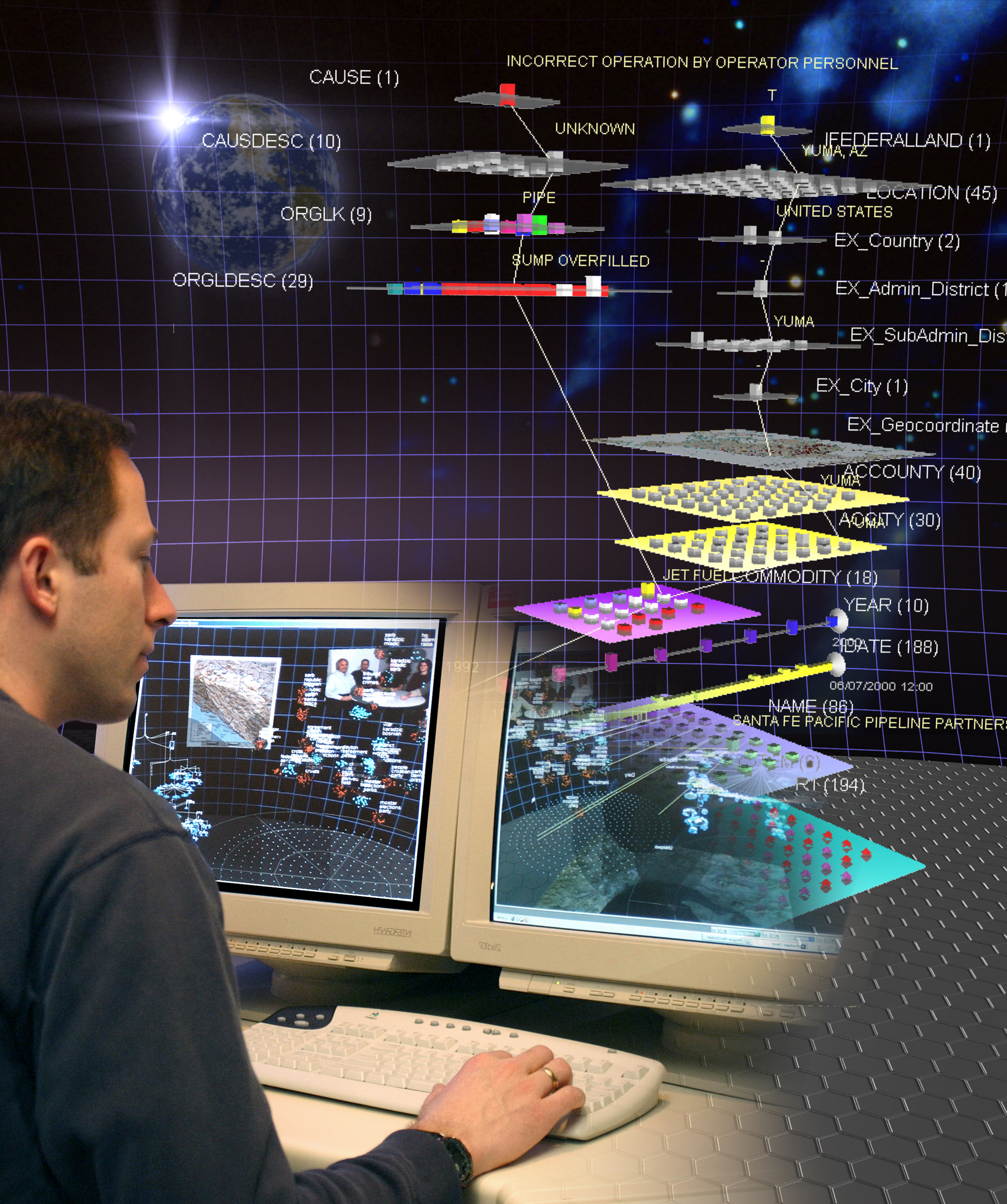
Researchers at PNNL developed an award-winning visualization software that extracts useful information from massive amounts of data using algorithms that identify word similarities and themes in text for the U.S. intelligence community. The tool can benefit a variety of applications, including law enforcement, medical data analysis, environmental security, and current events monitoring.2000s
2000s: Airplanes fly on fuel from recycled industrial carbon
From work that began in the early 2000s, developing fuel cells for planes, to developing a catalyst that enabled recycled carbon waste to fuel the world’s first transatlantic flight from Orlando to London, PNNL is finding ways to make air travel more fuel efficient. PNNL teamed with LanzaTech, which converted carbon-rich off-gasses from industrial manufacturing into ethanol. PNNL then developed a unique catalyst to upgrade the ethanol to jet fuel.
We are also advancing transportation, in the air and on land, by developing technologies for lighter weight materials and components, and investigating hydrogen and fuel cell technologies.
2002: Deploying Radiation Portal Detection Systems at Ports of Entry
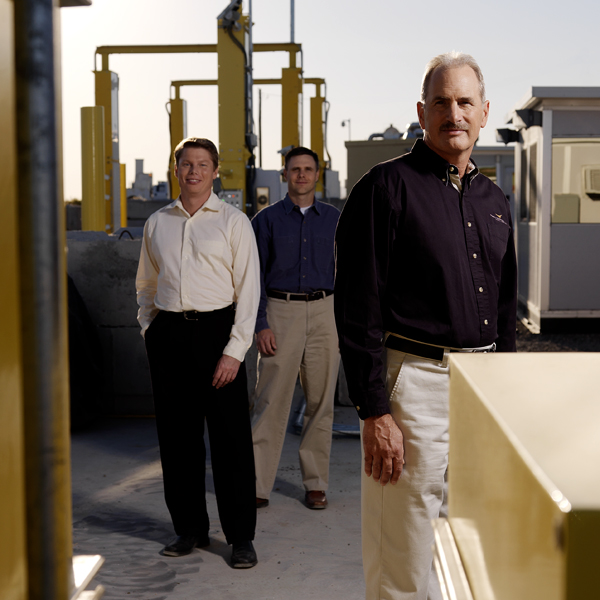
Following the September 11, 2001, terrorist attack on the United States, PNNL was selected to lead a Department of Homeland Security program that integrated and began deploying radiation detection systems at ports of entry around the country that allow U.S. Customs and Border Protection Officers to scan for and detect the presence of illicit nuclear and radiological materials.
Read Lab Director Steve Ashby's column on PNNL's contributions to radiation detection science
2024: Technologies developed to track animals in the energy landscape
PNNL developed the smallest and lightest weight fish tags ever. Tiny enough to be injected into baby salmon, juvenile eel, lamprey, American Shad, and delta smelt, they are also powerful enough to track the fish over time. In efforts to understand impacts of hydroelectric facilities, the tags enable researchers to follow fish migration and survival rates. Additionally, PNNL developed Sensor Fish, a synthetic fish that takes more than 2,000 measurements per second as it moves through water and around structures to better understand the physical conditions that live fish experience.
Analytical software that supports 3D location tracking and fish passage evaluation enable greater understanding of how aquatic life forms interact with infrastructure to inform an energy resilient future.